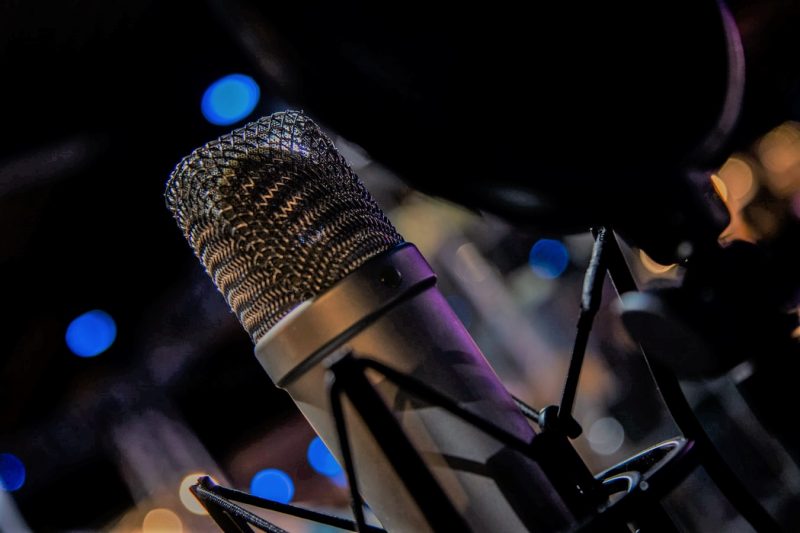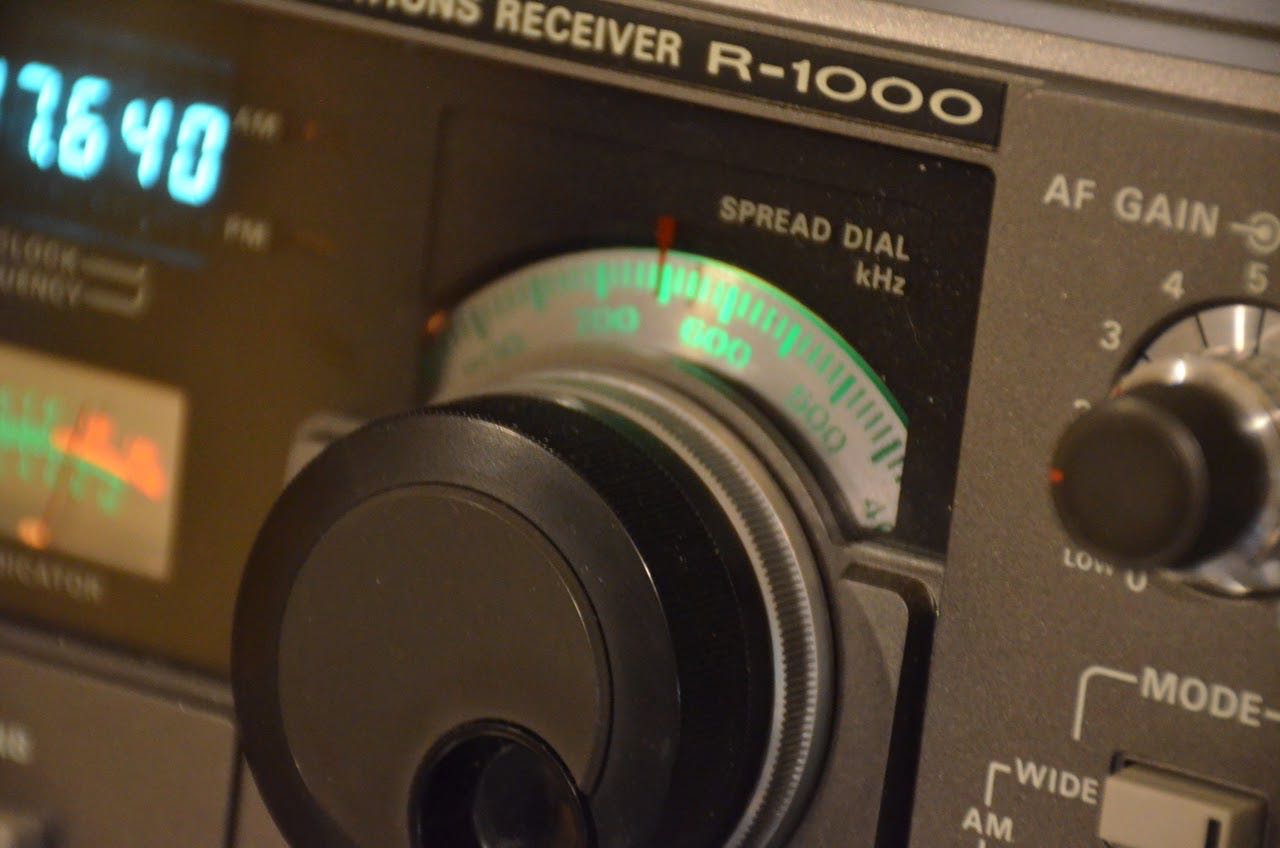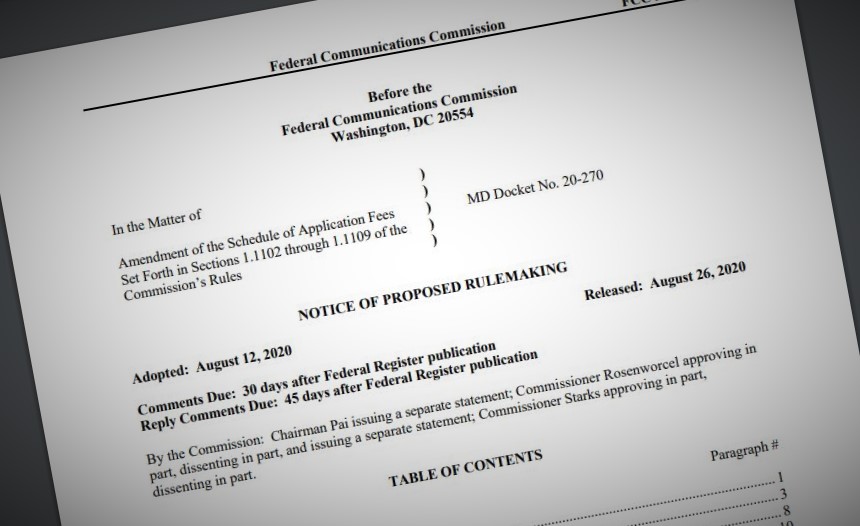Many thanks to SWLing Post contributor, Benn Kobb, who shares the following press release from the FCC:
 Media Contact:
Media Contact:
Will Wiquist, (202) 418-0509
[email protected]
For Immediate Release
FCC ENFORCEMENT BUREAU WARNS PROPERTY OWNERS AND
MANAGERS OF SIGNIFICANT NEW FINANCIAL PENALTIES FOR
ALLOWING ILLEGAL BROADCASTING ON THEIR PROPERTY
Notice Could Precede Fines of Up to $2 Million Under the PIRATE Act
—
WASHINGTON, December 17, 2020—The FCC’s Enforcement Bureau today announced it
has begun targeting property owners and managers that knowingly tolerate pirate broadcasting
on their properties, exercising the Commission’s new authority under the recently enacted
PIRATE Act. Parties that knowingly facilitate illegal broadcasting on their property are liable
for fines of up to $2 million.
“Pirate radio is illegal and can interfere with not only legitimate broadcast stations’ business
activities but also those stations’ ability to inform the public about emergency information,”
said Rosemary Harold, Chief of the Enforcement Bureau. “It is unacceptable – and plainly
illegal under the new law – for landlords and property managers to simply opt to ignore pirate
radio operations. Once they are aware of these unauthorized broadcasts, they must take steps
to stop it from continuing in their buildings or at other sites they own or control. If they do not
do so, they risk receiving a heavy fine, followed by collection action in court if they do not pay
it. In addition, our enforcement actions will be made public, which may create further
unforeseen business risks.”
Under the new authority, the Enforcement Bureau will provide written notice to property
owners and managers the agency has reason to believe are turning a blind eye to – or even
helping facilitate – illegal broadcasting. These new Notices of Illegal Pirate Radio
Broadcasting also will afford parties a period of time to remedy the problem before any
enforcement action moves forward. In the first such notices, issued today to property owners
regarding their buildings in New York City, the respective parties were given 10 days to
respond. The Bureau will consider any response before taking further action.
Commission investigations have found that landlords and property managers too often are
aware of this illegal activity taking place on their premises. The Commission has previously
sent warnings to landlords and even sought cooperation from national property owners’
organizations in raising awareness. With pirate broadcasts persisting despite these efforts,
Congress took action and empowered the Commission to penalize property owners and
managers that knowingly permit pirate broadcasters to remain operating from the landlord’s
buildings or unbuilt areas. Landlords and property managers also may be found liable if a
pirate station ceases operation for some period of time but later resumes at the same site.
Separately, the Enforcement Bureau and the Office of the Managing Director also released
today an Order amending the Commission’s rules to implement the new enforcement authority
granted by Congress through section 2 of the PIRATE Act, as codified in 47 U.S.C. § 511.
Notices of Illegal Pirate Radio Broadcasting are available at:
Notice: https://docs.fcc.gov/public/attachments/DOC-368827A1.pdf
Notice: https://docs.fcc.gov/public/attachments/DOC-368817A1.pdf
Notice: https://docs.fcc.gov/public/attachments/DOC-368826A1.pdf
The PIRATE Act is available at: https://www.congress.gov/116/plaws/publ109/PLAW116publ109.pdf.
###
Media Relations: (202) 418-0500 / ASL: (844) 432-2275 / Twitter: @FCC / www.fcc.gov
This is an unofficial announcement of Commission action. Release of the full text of a Commission order constitutes official action. See MCI v. FCC, 515 F.2d 385 (D.C. Cir. 1974).







